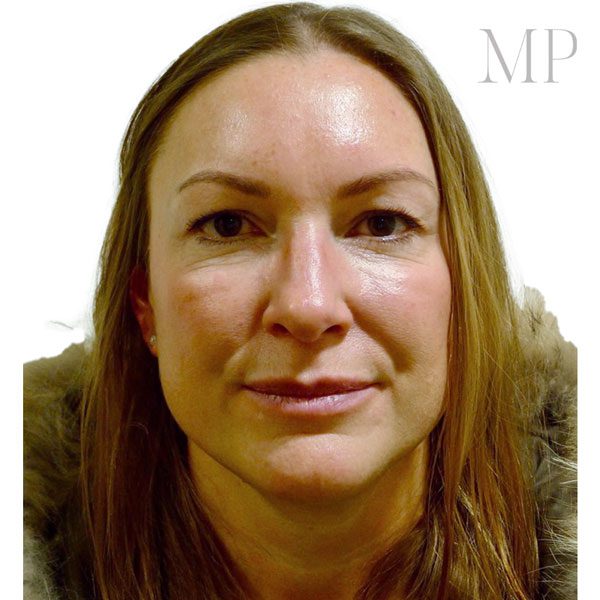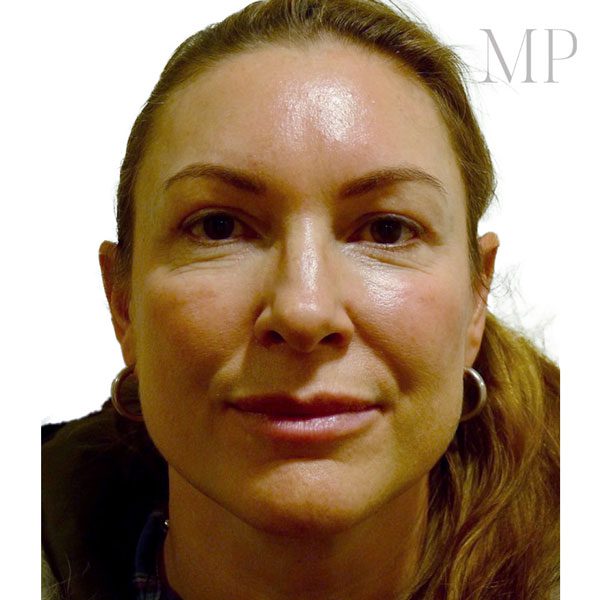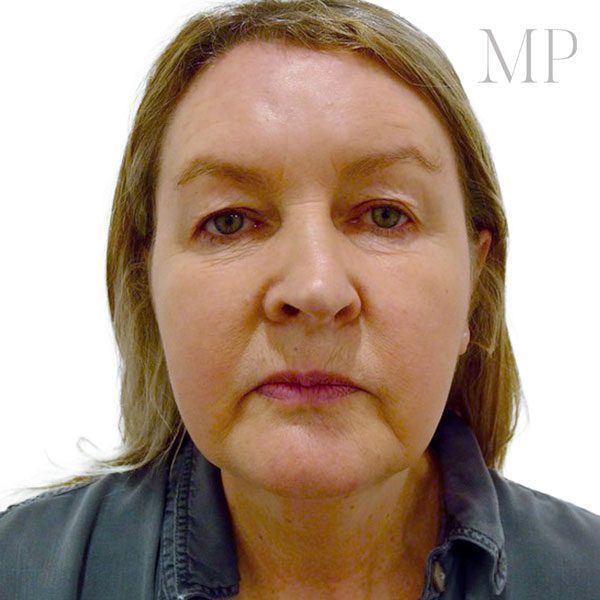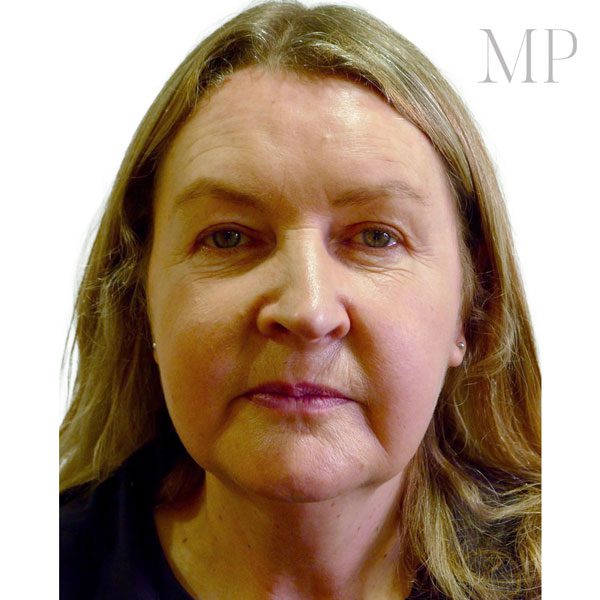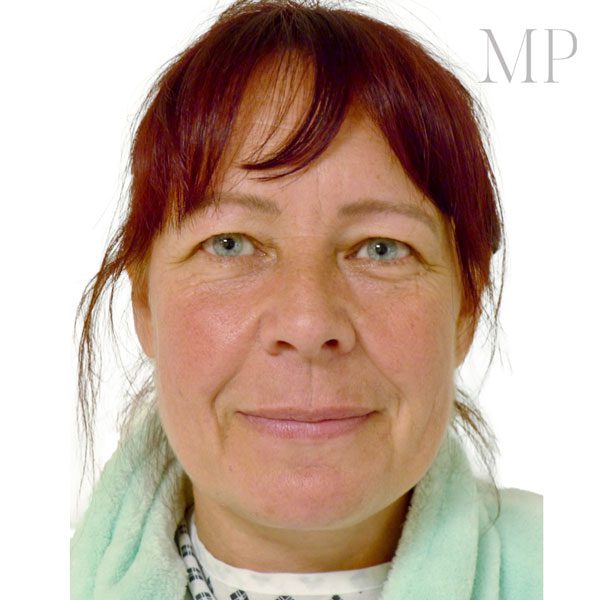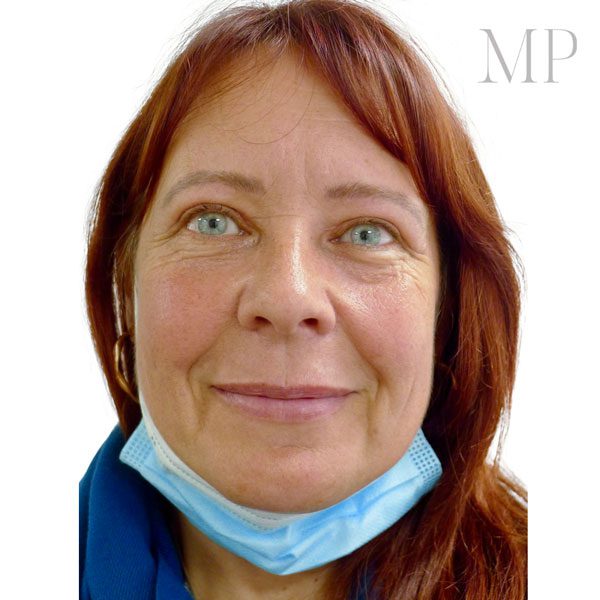Upper Eyelid Reduction | Upper Blepharoplasty
With time the soft tissue elements of the face descend and as a result gives a heavy and more tired appearance. This is very apparent with the eyelids most especially the upper eyelids. Apparent upper eye lid excess however may not be due to excess skin of the lid but could be due to descent of the eye brow. It is therefore essential that we examine your eye lids and especially pay close attention paid to the other surrounding areas and their impact on the lids.
Upper eyelid reduction or Blepharoplasty refers to the removal of upper eye lid skin and or muscle. We discard the excess tissue and close the wound with sutures in such a way to hide the scar within the upper eye lid skin crease.
Fat within the eye lids and the transition to the brow can give the appearance of ageing if the fat has reduced in volume under the brow or if the fat is bulging or protruding within the eyelid. Furthermore, where appropriate fat sculpting either by site specific fat reduction or infiltration we can undertake at the same time as the upper lid blepharoplasty.
Upper Eyelid Reduction (Blepharoplasty) gives a less tired and therefore brighter appearance that lightens and refreshes the face. We do this in conjunction with other facial rejuvenation procedures such as a brow lift or face lift or fat filling to the upper lid.
Contact Us:
If you are have an interest in discussing potential treatment with Matthew Potter please contact us here.
Firstly, this procedure is mostly undertaken with local anaesthesia. We can undertake the procedure with sedation, as well as general anaesthetic, if required.
Mr Potter excises the upper eye lid skin with the underlying muscle with or without removal of upper lid fat and the wound closed with a single suture. Generally the scar lies within a natural upper eye lid skin crease. In conclusion, the procedure takes one hour.
Following the procedure, we will secure the sutures with surgical tape that can be washed with soap and water in the morning and at night.
You will be given medicated ointment to apply to the eye at night.
This procedure is not usually associated with pain. Simple oral pain killers for two days should suffice.
The eyes are likely to bruise and swell after the procedure. This will be at its worst at 2 days and should have nearly completely settled at a week. The eyes shouldn’t feel sore, nor should there be any change in vision. It is best to avoid using computers/screens for long periods after this procedure as this causes the eyes to dry out.
We will remove the single suture in clinic, a week after the procedure.
Most people leave two weeks after this procedure before returning to work.
It is advisable to avoid coughing, straining and bending down for at least a week following this procedure.

